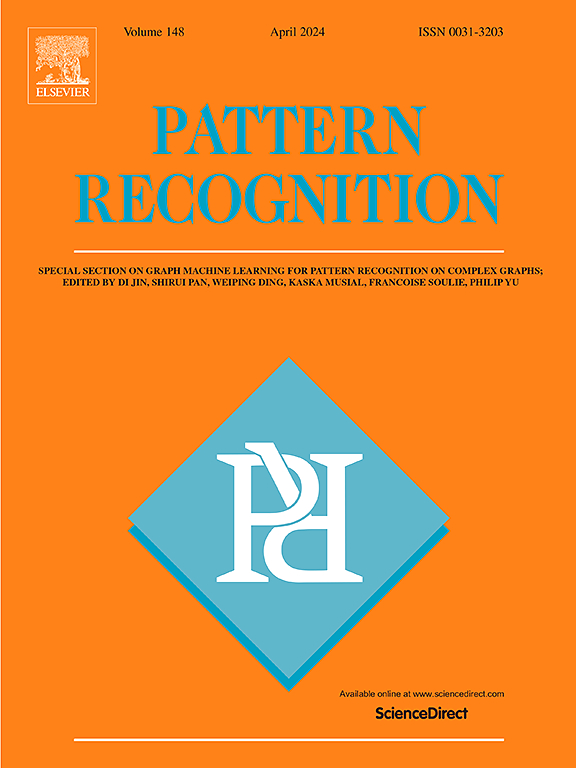Rank-revealing fully-connected tensor network decomposition and its application to tensor completion
IF 7.5
1区 计算机科学
Q1 COMPUTER SCIENCE, ARTIFICIAL INTELLIGENCE
引用次数: 0
Abstract
Fully-connected tensor network (FCTN) decomposition has become a powerful tool for handling high-dimensional data. However, for a given th-order data, tuning parameters (i.e., FCTN rank) in FCTN decomposition is a tricky challenge, which hinders its wide deployments. Although many recent works have emerged to adaptively search for a (near)-optimal FCTN rank, these methods suffer from expensive computational costs since they require too many search and evaluation processes, significantly limiting their applications to high-dimensional data. To tackle the above challenges, we develop a rank-revealing FCTN (revealFCTN) decomposition, whose FCTN rank is adaptively and efficiently inferred. More specifically, by analyzing the sizes of the sub-network tensors in the FCTN decomposition, we establish the equivalent relationships between the FCTN rank and the ranks of single-mode and double-mode unfolding matrices of the given data. The FCTN rank can be directly revealed through the ranks of these unfolding matrices, which does not require any search and evaluation process, making the computational cost almost negligible compared to the search-based methods. To evaluate the performance of the developed revealFCTN decomposition, we test its performance on a representative task: tensor completion (TC). Comprehensive experimental results demonstrate that our method outperforms several state-of-the-art methods, achieving a MPSNR gain of around 1 dB in most cases compared to the original FCTN decomposition.
揭示秩的全连通张量网络分解及其在张量补全中的应用
全连通张量网络(FCTN)分解已成为处理高维数据的有力工具。然而,对于给定的N阶数据,FCTN分解中的N(N−1)/2个调优参数(即FCTN秩)是一个棘手的挑战,这阻碍了其广泛部署。尽管最近出现了许多自适应搜索(接近)最优FCTN排名的研究,但这些方法的计算成本很高,因为它们需要太多的搜索和评估过程,极大地限制了它们在高维数据中的应用。为了解决上述挑战,我们开发了一种揭示秩的FCTN (revealFCTN)分解,其FCTN秩是自适应和有效推断的。更具体地说,通过分析FCTN分解中子网络张量的大小,我们建立了FCTN秩与给定数据的单模和双模展开矩阵秩之间的等价关系。通过这些展开矩阵的秩可以直接得到FCTN的秩,不需要任何搜索和求值过程,与基于搜索的方法相比,计算成本几乎可以忽略不计。为了评估所开发的revealFCTN分解的性能,我们在一个具有代表性的任务:张量补全(TC)上测试了它的性能。综合实验结果表明,我们的方法优于几种最先进的方法,在大多数情况下,与原始FCTN分解相比,MPSNR增益约为1 dB。
本文章由计算机程序翻译,如有差异,请以英文原文为准。
求助全文
约1分钟内获得全文
求助全文
来源期刊

Pattern Recognition
工程技术-工程:电子与电气
CiteScore
14.40
自引率
16.20%
发文量
683
审稿时长
5.6 months
期刊介绍:
The field of Pattern Recognition is both mature and rapidly evolving, playing a crucial role in various related fields such as computer vision, image processing, text analysis, and neural networks. It closely intersects with machine learning and is being applied in emerging areas like biometrics, bioinformatics, multimedia data analysis, and data science. The journal Pattern Recognition, established half a century ago during the early days of computer science, has since grown significantly in scope and influence.
 求助内容:
求助内容: 应助结果提醒方式:
应助结果提醒方式:


